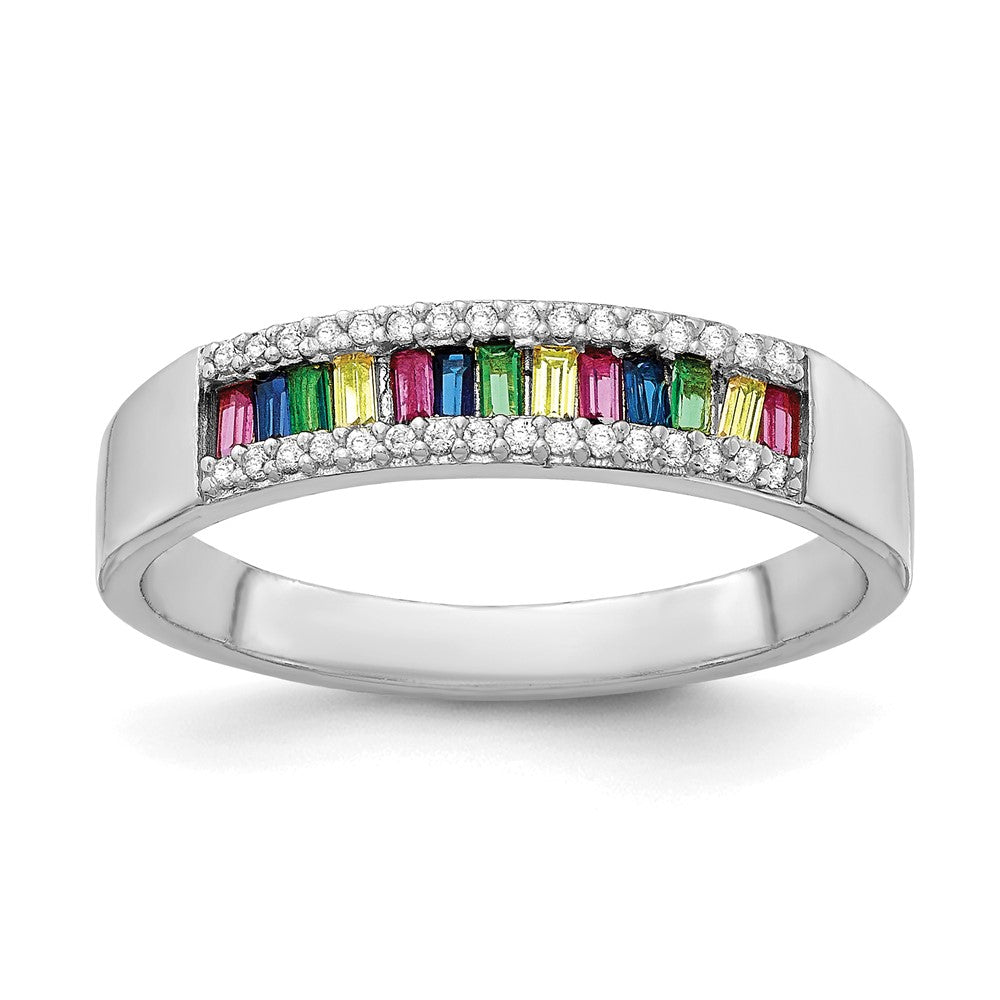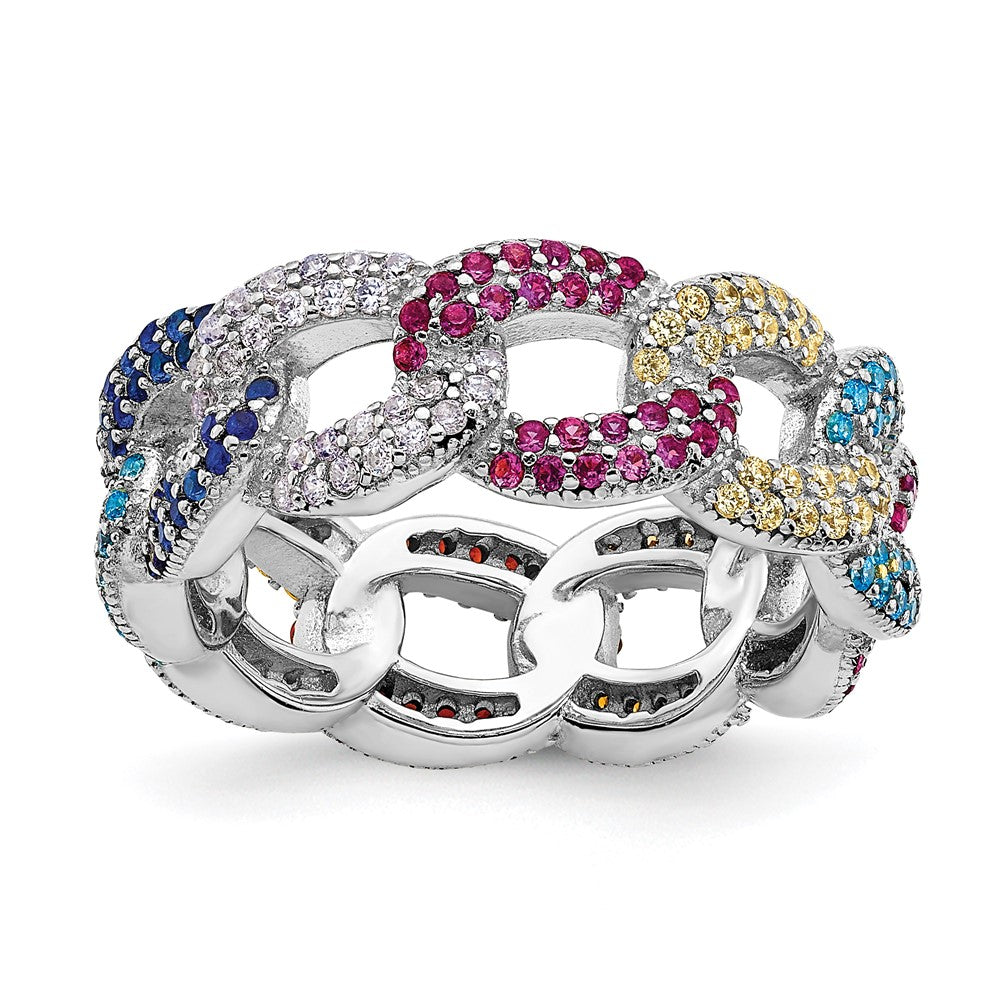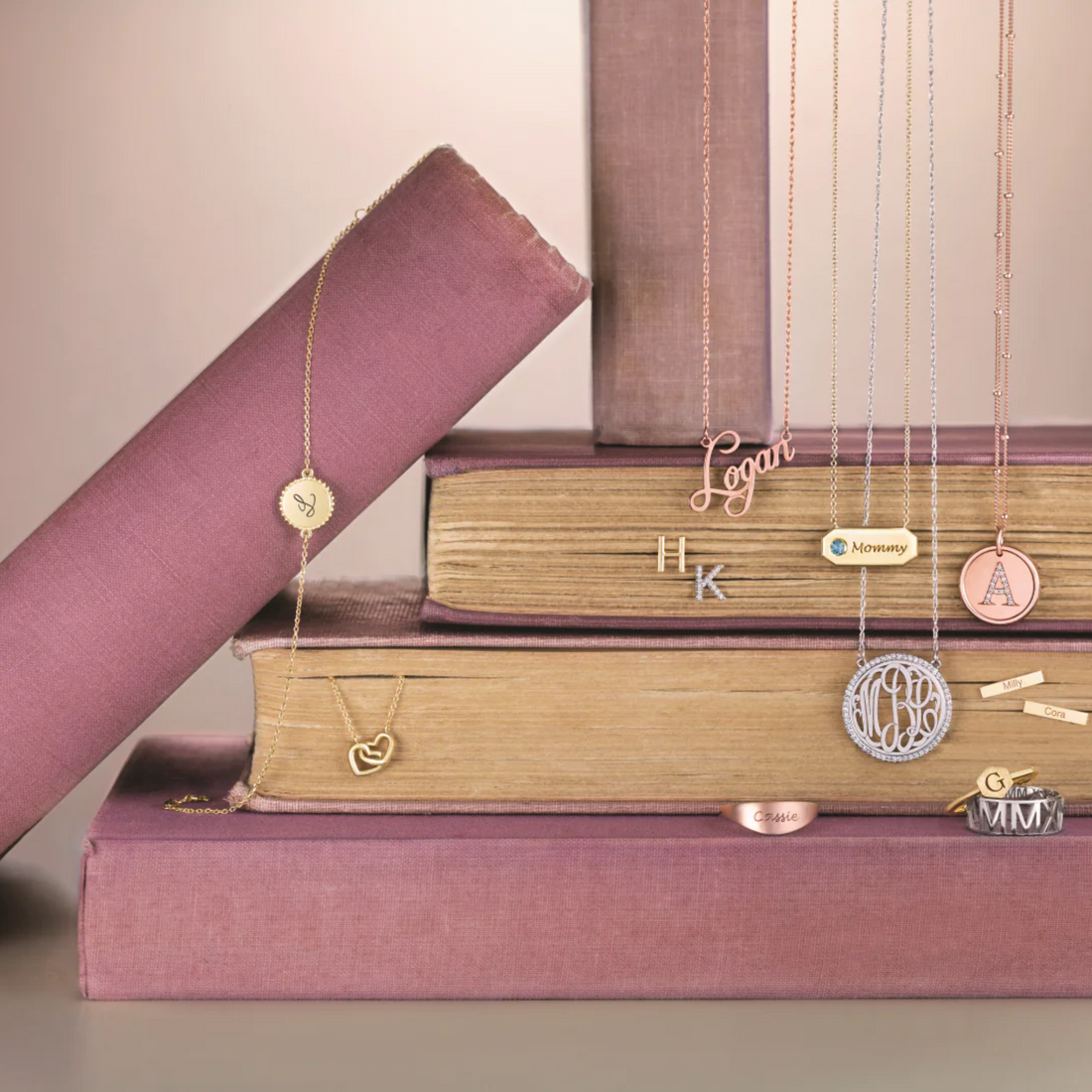Read the word 'gold' and our minds usually conjure up a picture of a shiny dark yellow metal. This mental image is certainly not misguided as pure gold (99.9% or above) is reddish yellow. However, as we have discussed before, pure gold is not very suitable for making jewelry. Other metals are added to gold to in various quantities to change its physical
properties.
Besides the change in physical properties like hardness, malleability and strength, adding metals to gold also changes its color. This works in the favor of jewelers as they can get the desired color for gold by varying quantities of the metals in the gold alloy. In this blog we will look at some of the most popular hues of gold and find out how they are achieved.
Rose gold:
Rose gold is a gold–copper alloy used extensively in jewelry. The copper content in the alloy is the deciding factor in what color the gold takes.
Pink gold has the least amount of copper, followed by rose gold, and red gold with the most copper content. The average percentages for the composition of each color metal are shown below:
Red Gold: 25% Copper, 75% Gold
Rose Gold: 2.75% Silver, 22.25% Copper, 75% Gold
Pink Gold: 75% gold, 20% copper, 5% silver
Red Gold: 25% Copper, 75% Gold
(This 14K 16.5 mm Bypass Bangle is made of Rose gold)
Yellow gold:
Yellow, as previously mentioned, is the color of naturally occurring gold. It is, nevertheless, possible to change the hue of yellow that we want for our gold. Adding and silver to gold lightens its color and differing the amount can result in vastly different shades of light yellow. Conversely, adding copper to gold darkens its progressively darkens its hue. A typical, example of allow percentage for yellow and dark yellow gold is shown below:
Yellow Gold (18K): 75% gold, 12.5% copper, 12.5% silver
Darker Yellow Gold (18K): 75% gold, 15% copper, 10% silver

(These 14K Yellow 15.1 mm Beaded Hoop Earrings are an example of yellow gold alloy)
White gold:
White gold is an alloy of gold and at least one white metal like nickel, palladium or silver. The most common alloys used in jewelry making are gold–palladium silver and gold–nickel–copper–zinc. The extra metals added result in the white color of the gold alloy.
Purple gold:
Some of the readers may do a double take at the mention of gold in the color of purple. It is true though, purple gold is not a myth but a genuine form of gold that is used in jewelry. The purple gold alloy, however, is markedly different than the other ones we know. It is not as malleable and instead is quite brittle because
it is an intermetallic alloy of gold and aluminum. It is so brittle that a sharp blow might cause it to shatter and as such it is not used to make conventional jewelry that we associate with gold. Instead, purple gold is machined and faceted to be used as a "gem" in other gold jewelry.
(This 14K Tri-color 3mm D/C Rope Chain is made by chaining Rose gold, Yellow Gold and White Gold segments together)
Blue gold:
Blue gold like purple gold is usually an intermetallic compound of gold and either gallium or indium and like purple gold it is therefore brittle. Blue color of gold can also be achieved through an alternative way by plating the gold with an indium plating. A heat treatment then causes formation of the required intermetallic compound. Heat treatment can also be used to form oxide layers to obtain blue gold from an alloy of 75% gold, 24.4% iron, and 0.6% nickel or an alloy of ruthenium, rhodium and three other elements. The latter combination results in a rich sapphire blue colored gold of 20-23K.
Black gold:
Black gold is an informal term for oil because of its value. It appears, the people who gave oil the term were not familiar that gold itself can be colored black. black color of gold is usually achieved when a black layer forms over some alloys of gold. Cobalt containing alloys are prominent among these, for example, 75% gold with 25% cobalt, forms a black oxide layer when treated with heat. Copper, iron and titanium can also be used for the same effect. There are alternative ways to achieve the black color of gold but usually in jewelry industry oxidation of the surface layer is used to achieve the effect.






